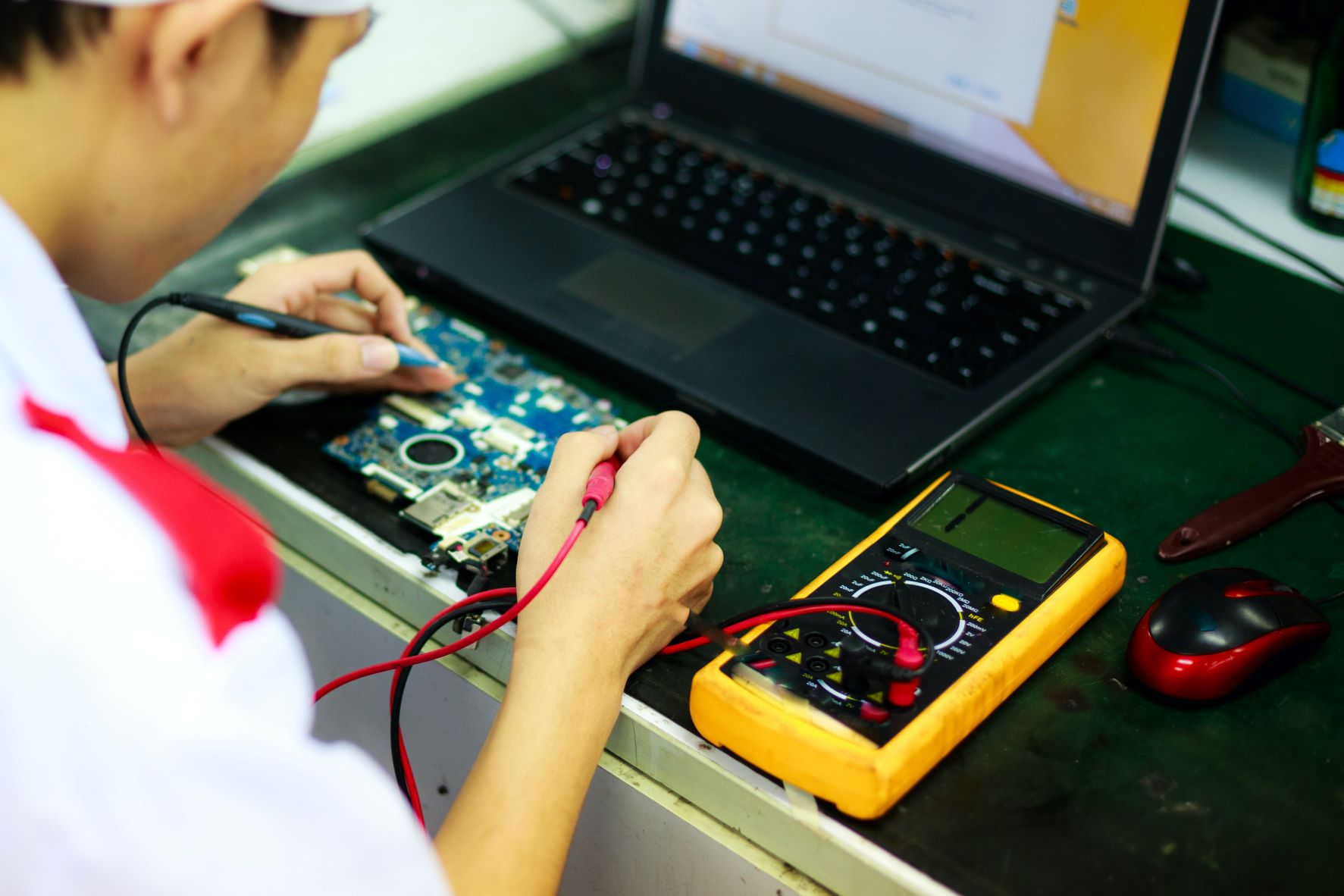The open source software revolution gave rise to innovations such as the Firefox web browser or the Linux operating system. It also empowered a mindset around collaboration based on sharing insights and tools to drive continuous improvement in technology. After many contributions to the IT world, today open source is revolutionising Industry 4.0. But what benefits does it bring to an increasingly AI-dominated world? Here Neil Ballinger, head of EMEA at EU Automation discusses the role of open source in democratising AI.
As an increasing number of businesses realise the benefits of artificial intelligence (AI), the number of solution providers has also grown. According to recent data from Stanford University, AI start-ups have increased by 14 times in the last 20 years. While this expansion ensures users have access to ever improving technology, it also leads to unprecedented fragmentation and a greater chance of manufacturers buying incompatible solutions. Open source has the potential to solve some of these issues and foster a sense of democratisation and collaboration.
When less is more
In his 2004 book The Paradox of Choice — Why More is Less, American psychologist Berry Schwartz argued that reducing the number of choices greatly reduces anxiety for consumers. Schwartz’s thesis has been corroborated by a wide number of studies, showing that an excess of options can make people feel confused and overwhelmed.
This is the situation facing many manufacturers trying to integrate AI in their production lines. Though aware of the operational benefits of AI, small to medium enterprises (SMEs) might be deterred by the cost of proprietary software, its complexity and, last but not least, the sheer abundance on the market.
Most companies just don’t have the time and resources to spend researching every available tool until they find the one that meets their needs. Once a decision has been made, manufacturers might face yet another hurdle; purchasing exciting new technologies only to find out that they can’t communicate with each other.
Cost and complexity of integration are not the only challenges — lack of skills is another common headache. When graduates enter the job market, they are often faced with myriads of software that they are not familiar with, because the education system cannot possibly keep pace with the number of solutions on the market.
Over time, these barriers stifle progress and hinder a more widespread deployment of AI-based systems.
The open-source revolution
To overcome the challenges posed by proprietary software, more and more AI solution providers are embracing an open-source culture. This solution is a model for innovation driven by cooperative competition, making software available to a wide number of users. One of the main advantages it that over time this model will be more profitable than keeping algorithms and data protected by copyright.
For example, in 2019 Goldman Sachs released some of the code that its traders use to analyse and manage risk on GitHub and offered additional funding to engineers who managed to build new applications using the code. The benefits of making the code available to the public far outweighed those of keeping it secret — not only can users help improve and finetune the code, Goldman Sachs will also own the intellectual property of any application built using it. It will also have the chance to be an early investor in new and promising technology.
Other companies have supported the open-source movement to help democratise access to AI and spur innovation. For example, Google opened up the research of its machine learning framework, Tensorflow, back in 2015, playing an active role in the development of open-source powered AI. Since then, the platform has grown in popularity and is now being used by some of the world’s largest brands including Airbnb, Uber and eBay.
Open source is also essential in the electronics field. For example, electrical engineers can benefit greatly from circuit design software enhanced through AI. Efficient proprietary software allows engineers to check their design regularly and optimise it, but those are often very costly.
Free circuit design software alternatives are now popular among engineers, with examples such as CircuitMaker, Open Circuit Design Software or KiCad EDA. To make these programmes even more efficient, AI can create agile workflows for the rapid development of the next line of products. It combines and collects data from various sources like sensors attached to the products, customer usage patterns, current market predictions, technician comments or device manuals. This helps generate key insights for electronic companies about product quality, but it also reduces costs and answers to market demands in a more efficient manner.
Open-source AI is crucial for the eradication of barriers such as high licensing fees or the skills shortage, allowing developers to focus on the job at hand – developing innovative yet secure and easy-to-deploy AI solutions. Open-source software provides a platform where both novices and experienced developers can contribute regardless of their expertise, promoting learning and collaboration. Having a larger number of users from different backgrounds also means that the coding process is continuously monitored and improved, which diminishes the risk of errors and vulnerabilities. In turn, this helps businesses add an extra layer of security, especially during the development stage of emerging AI-based technologies, which are still being researched.
From the IT world to electronics, open source can make a real difference to the way AI is deployed and developed.
To learn more about the future of AI in manufacturing and electronics, visit EU Automation’s Knowledge Hub.










